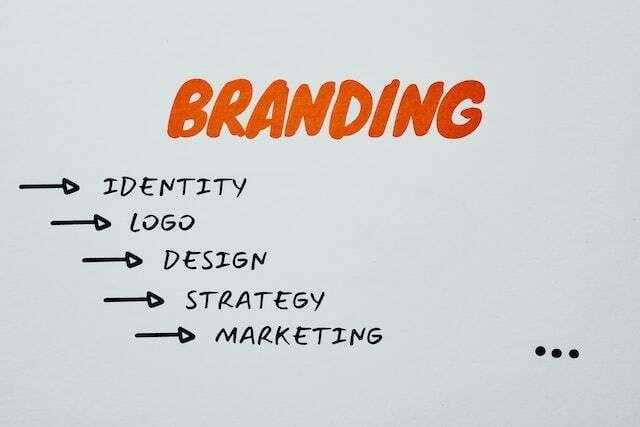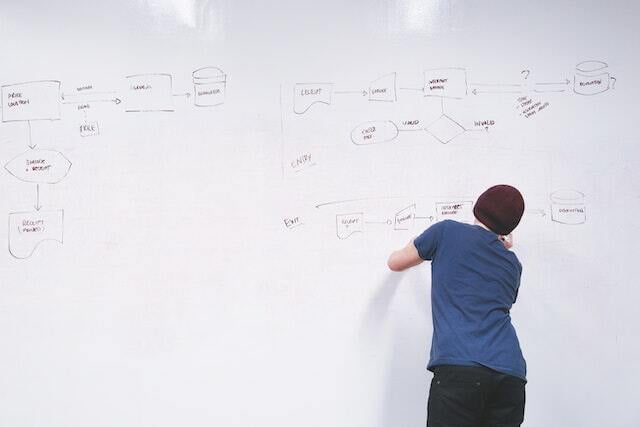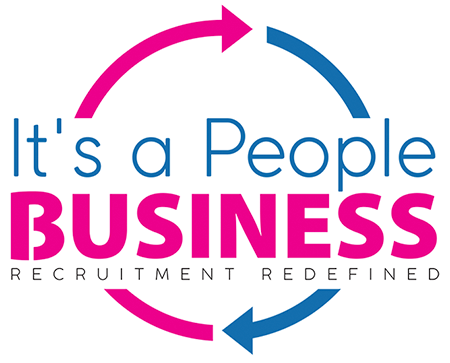
Recruiting top talent is essential for any organisation looking to stay competitive in their industry. Companies that can attract and retain top-performing professionals will have a leg-up when it comes to driving innovation and meeting customer demands. However, talent acquisition is an ever-evolving process, and it’s important for organisations to stay on top of the latest trends and strategies that will help them find suitable candidates. In this blog post, we’ll be discussing the strategies and best practices for mastering talent acquisition. We’ll review key considerations such as the importance of employer branding, utilising the latest recruitment technologies, and how to form meaningful relationships with potential candidates. By the end of this post, you’ll have a better sense of the tactics and tools you need to effectively recruit top-performing professionals.
1. Create an attractive Employer brand

Employer branding is the key to creating a successful recruitment process. An employer brand is the perception that potential candidates have of an organisation as an employer—and it needs to be attractive and inviting. To create an attractive employer brand, you need to focus on the employer value proposition, which is the combined set of benefits, experience, and incentives that the organisation offers to employees. This can include things like salary, benefits, vacation days, work culture, career development opportunities, and more. You should also focus on creating an online presence that is engaging, current, and professional to attract top talent. Finally, use social media to market your employer brand and showcase your organisation’s culture and values.
2. Establish a referral program
2. Establish a referral program
Referral programs can be an effective way to find top talent. When you create a referral program, you create incentives for current employees to promote your company and job openings to their own networks. This often results in a more diverse candidate pool, and a higher quality of applicants than you would typically get from a job posting. Additionally, referral programs help you build relationships with potential candidates and increase employer brand awareness. As such, referral programs should be a key aspect of any successful talent acquisition strategy.
Read More: The Benefits of Working with a Flat Fee Recruiter
3. Focus on hiring culture fit
3. Focus on hiring culture fit

One of the most important strategies for successful talent acquisition is to focus on Culture Fit. A culture fit is a shared set of beliefs, values, and attitudes that are shared by the company and the candidate. It is the understanding that the company and the candidate are in agreement about how to conduct business. When hiring for culture fit, it is important to identify the shared values, interests, and goals that the candidate and the company have. Additionally, it is important to evaluate the candidate’s leadership qualities, communication skills, and interpersonal skills. An effective way to evaluate culture fit is to interview candidates and ask them questions that will help to evaluate how they would fit within the company’s culture.
4. Utilise sourcing channels
4. Utilise sourcing channels
One of the best practices for talent acquisition is to utilise Sourcing Channels. Utilising a mix of channels and techniques to identify, attract, and engage potential candidates is a great way to ensure that you’re reaching the right people. For instance, you can use social media, job boards, referrals, and other networks to identify passive and active candidates. Additionally, targeting passive candidates through creative outreach and engaging tactics can be a great way to source high-quality talent and fill positions quickly.
5. Implement automated workflows
5. Implement automated workflows

Automated workflows are essential for streamlining the talent acquisition process. By automating key steps in the recruitment process, you can save time and money while ensuring a consistent, high-quality experience for each candidate. Automated workflows can include activities such as sending out automated emails to new applicants, providing candidates with consistent interview feedback, and tracking performance metrics. By implementing automated workflows, you can more efficiently recruit top talent while ensuring consistency in the recruitment process.
Read More: Managing Staffing Challenges in the Modern Workplace
6. Leverage data-driven insights
6. Leverage data-driven insights
Leverage data-driven insights to make better decisions about talent acquisition. Data-driven insights are key to understanding the effectiveness of recruiting initiatives. Utilising data and analytics can help identify talent gaps and uncover trends in recruiting process, performance of job candidates, and even retention of new hires. Additionally, with data-driven insights, recruiters can gain visibility into how their efforts are impacting the overall talent acquisition strategy and make adjustments to ensure the success of their recruiting initiatives.
7. Use video interviews
7. Use video interviews

Video interviews can be used to great advantage when it comes to talent acquisition. Video interviews are a great way to get an idea of a candidate’s personality and communication style, as well as their problem-solving skills and ability to articulate their ideas. Additionally, video interviews reduce the time and cost associated with the interviewing process. With a video interview, the hiring manager can review the candidate’s answers in the comfort of their own office, and they can also share the video with other members of the team to get their opinion. Video interviews can also be used to narrow down the candidate pool in the initial stages of the recruiting process.
Read More: Navigating the UK Job Market: Insights and Strategies
8. Ensure a Seamless Onboarding process
8. Ensure a Seamless Onboarding process
The onboarding process is a critical part of recruiting and retaining top talent. When prospective hires start a new job, they should receive a clear introduction to the company, its processes, and the expectations for the role. A Seamless Onboarding process should include activities such as setting up a work environment, providing an overview of the job role and team, setting expectations for the role, and providing the necessary training and resources to get up to speed. It’s also important to provide new hires with an opportunity to connect with other team members and ask questions. By ensuring a smooth onboarding process, organizations can make sure that new hires are set up for success.
In conclusion, talent acquisition is a critical part of any business's success. Companies must become better at understanding the needs of their organisation and the talent necessary to fulfil those needs. By mastering strategies and best practices to recruit top talent, companies can ensure they are bringing the right people into the organisation to help it grow and succeed.
